Robyn is the CEO & Founder of HER. Find her on Twitter.
Apr 08, 2024
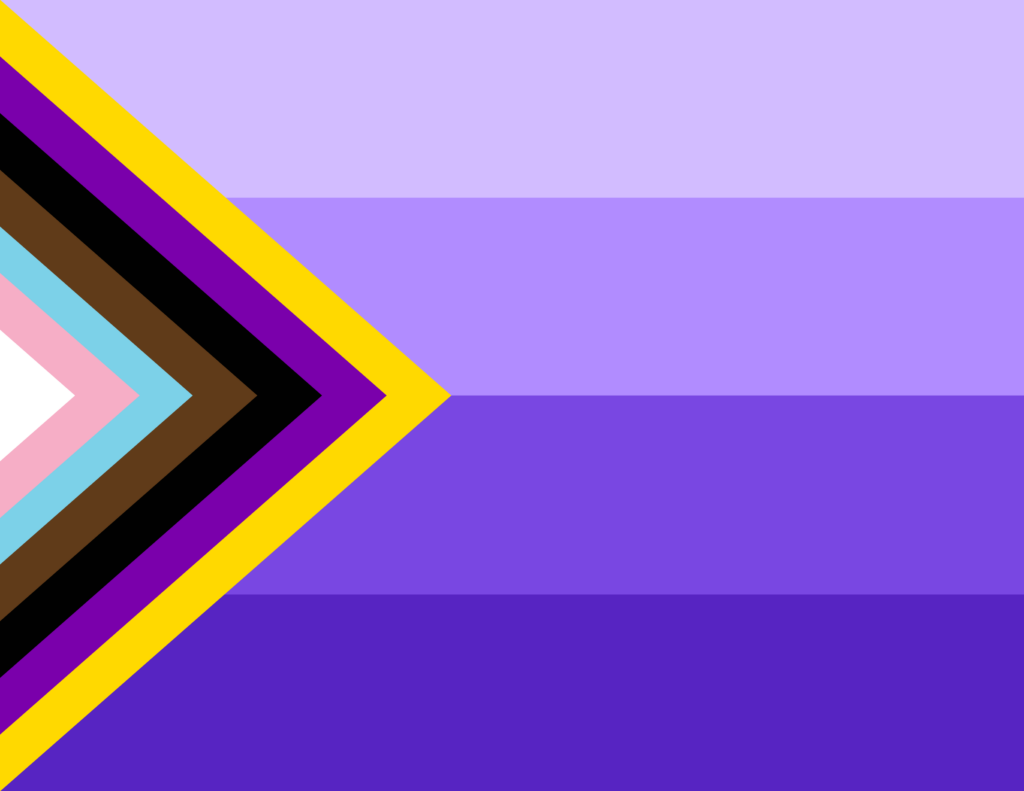
You may have heard the term sapphic floating around Tiktok or even seen the sapphic flag, but are you unsure about what the term really means? Don’t worry! The queer community is constantly becoming more inclusive and normalizing detailed ways to describe our gender or sexual identity and sapphic has become an increasingly popular umbrella term.
Here’s a rundown of what it means to be sapphic, how the term came to be, and what the sapphic flag looks like.
The term sapphic is used to encompass a wide range of sexual and romantic orientations and gender identities, including but not limited to lesbian, bisexual, pansexual and queer. It has been adopted as an umbrella term that includes non-binary individuals, cis women, and trans+ people as well.
This term describes romantic connections and emotional bonds between queer women, non-binary and trans people, expanding the definition of inclusivity beyond traditional cisgender identities. It is used to highlight the diverse experiences of individuals within the queer community and serves as a descriptor for a range of relationships, emotions, and identities. Overall, the term sapphic promotes greater acceptance and understanding of the complex and diverse nature of human sexuality and relationships.
The terms “sapphic” and “lesbian” are commonly used to describe women, non-binary or trans people who are attracted to other women. Although these terms are often used interchangeably, they have subtle differences that are worth exploring.
The term “sapphic” originated from the works of the Greek poet Sappho, who was known for expressing her desire for women on the island of Lesbos. However, its current usage has evolved to encompass a wider range of identities.
For trans+ people (including nonbinary folks) who don’t identify as a woman but share a love and romantic attraction to this part of the spectrum, sapphic can feel like a more inclusive term. It also feels more inclusive for bi+ and pansexual people who wouldn’t use the term lesbian but feel sapphic is representative of them.

Sapphic is an inclusive term that breaks down traditional gender binaries and offers clarity to those who are navigating the complexities of desire and identity. It provides a way for individuals of any sexual orientation who find resonance in their attraction to this part of the LGBTQ+ community to express themselves with clarity and confidence.
“Sapphic” is a label and a symbol of visibility and acceptance within the LGBTQ+ community. It welcomes all who embrace love in its many forms and provides a sense of belonging to those who may feel excluded or marginalized. This term is inclusive and offers a way for people to celebrate their identity and connect with others who share their experiences. In essence, “sapphic” is a powerful term that functions as a beacon of hope and solidarity for anyone who is seeking to embrace their authentic selves.
In summary, the sapphic meaning is used to describe a woman, non-binary or trans+ person of any sexual orientation who is attracted to other women, non-binary or trans+ people. The term can help those who are attracted to women but are unsure of their attraction to other genders describe their preferences.

Prepare to be transported back in time to the 7th century BCE and discover the long history and captivating world of Sappho, the legendary Greek poet who revolutionized the literary landscape with her unapologetic expressions of same-sex desire. Sappho’s poetic prowess and intense emotional depth have immortalized her as a symbol of passion and love between women, inspiring poets, scholars, and the queer liberation movement for centuries to come.
Though societal norms of her time forbade open declarations of queerness, Sappho’s verses dripped with ardor and longing for her female companions, defying the constraints of her era. Her innovative poetic form also contributed to her legacy, as she is credited with inventing the sapphic stanza, a four-line metrical structure characterized by its rhythm and meter.
But Sappho’s influence extends far beyond her thematic exploration of female desire; her nuanced perspective suggests that she existed within a fluid spectrum of sexuality, encompassing elements of queerness, bisexuality, and pansexuality. As such, the term “sapphic” offers a broad umbrella under which all individuals who love women—regardless of their gender identity or sexual orientation—can find recognition and validation.
Today, Sappho’s enduring legacy lives on in popular culture through various art forms (from visual arts to the written word), symbols, and artefacts, including the iconic sapphic flag. The flag serves as a visual reminder of the rich tapestry of sapphic identity and the collective pride of those who identify with this heritage.
Now that you know who Sappho is, you can impress your HER date with some 7th-century love poems. It’s what Sappho would want.
The evolution of the sapphic flag is a testament to the enduring legacy of Sappho and the vibrant spirit of the LGBTQ+ community. Designed to embody the essence of sapphic love and solidarity, the flag’s symbolism is rich with meaning and history.
The most known version of the sapphic flag features a pair of violets nestled lovingly at its center, paying tribute to the unique and cherished connections forged within sapphic relationships. This celebrates the beauty of love in all its forms.

Another version of the flag consists of a gradient rainbow of violet, a color chosen from the symbolic history of sapphic love. These hues, infused with warmth and passion, evoke a sense of connection and unity within the sapphic community.
Intersecting the violet are the Progress Pride flag tones, inspired by the Philadelphia Pride flag that introduced black and brown tones, the trans flag additions from Monica Helms and the intersex additions of yellow and purple from Valentino Vecchietti.

This is part of our official queer glossary – check it out!
The sapphic flag is more than a symbol—it is a beacon of hope, acceptance, and pride for individuals across the LGBTQ+ spectrum — from trans femmes to butches to non-binary queer individuals. The sapphic flag is a testament to the resilience and strength of the sapphic community, femme sexuality, human desire, and true sapphic love, whether proudly unfurling its vibrant colors at pride parades or displaying it as a symbol of solidarity in everyday life.
We’ve been unpacking the meaning of “Sapphic,” and now it’s time to turn the floor over to some iconic voices. These incredible people, across generations and orientations within the sapphic world, are about to drop truth bombs about what it means to love who you love and share their experiences. Get ready for some serious inspiration!
Reneé Mary Jane Rapp, an American singer-songwriter and actress, has made big waves in Hollywood. You might recognize her as Regina George in Mean Girls on Broadway, where she totally owned the role of the ultimate Queen of Plastics. That success landed her a leading part as Leighton in Mindy Kaling’s cool series, The Sex Lives of College Girls. Oh, and did you know? The “Snow Angel” singer recently shared with fans that she identifies as a lesbian.
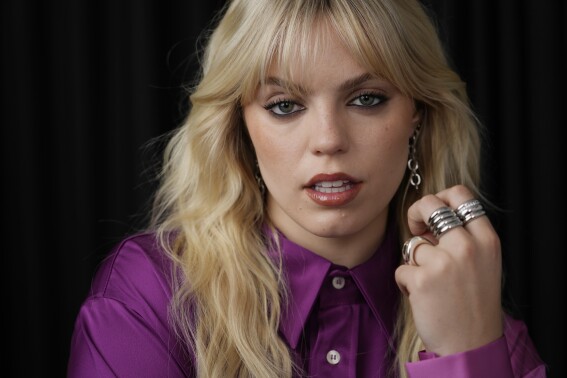
Source: AP News
If I say I’m a lesbian I am a lesbian and if someone says they’re bi they are bi. I’ve had enough of you witches.
What I think is beautiful about this younger generation is that we have more grace about finding your identity and how these things change and loving that part of yourself.
Truly, though, so much of Leighton is me, and so much of Leighton has helped me understand myself. I don’t think that I had an amazing relationship with my queerness, but through playing Leighton, I feel like I’m being much more openly queer, because it is a public part of who I am, and I’m very proud of that.
I have a lot of internalized homophobia. I was raised in the South, and I don’t want to use that as an excuse, but like queerness was not something that was celebrated, right? In high school, I had already sort of built up my own mental walls about what queerness was to me, so I was busy judging myself and probably other people in the process. Leighton has helped me a lot; don’t get me wrong, it’s also been a mind-fuck, because sometimes I’m like, ‘You know, I really do spend a lot of time talking about being gay,’ but you know what? I love it.
I never consumed any piece of queer media up until maybe three months ago. I’m watching The L Word for the first time, and I just watched But I’m a Cheerleader, and I’m watching all these movies and parts of gay culture, specifically lesbian culture, and I’m like, ‘I love this.’ It’s also been the most rewarding, validating, scary and exciting experience ever. So to imagine that that could be like that for somebody else, that makes me love acting.
Brittney Griner, a celebrated basketball star known for her skills on the court, recognized for her LGBTQ+ identity and African American roots.
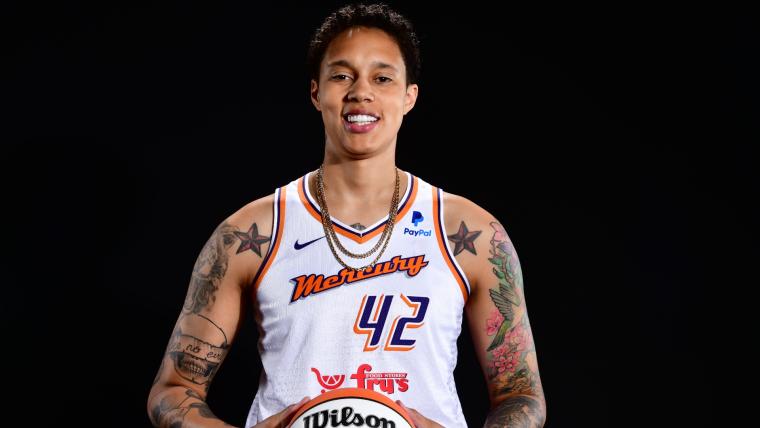
Source: Sporting News
My dad and my mom have always told me, ‘Be who you are.’ At that time, they probably weren’t sure what I was interpreting as I am a strong, black, lesbian woman. Every single time I say it, I feel so much better.
Sara Gilbert, a versatile actor, writer, and director, gained fame as Darlene Conner on the hit ABC sitcom “Roseanne.” She earned two Primetime Emmy Award nods for her role and continued to charm audiences in its spin-off, “The Conners.”
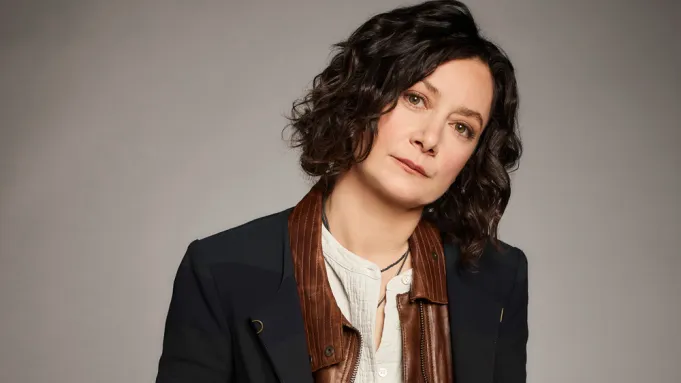
Source: Deadline
I don’t ever really think of things as out or in. I just think I am who I am.
Michelle Rodriguez rocks the screen with her killer combo of tough-girl vibes and natural beauty. You probably know her best as Letty Ortiz in the Fast and Furious movies.
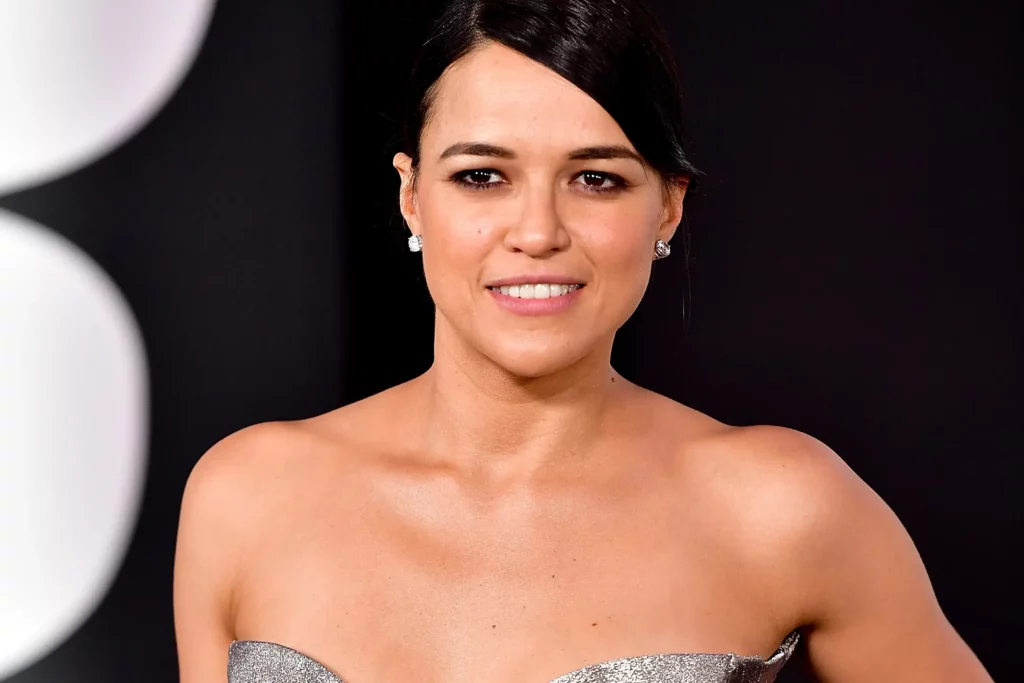
Source: Page Six
I do realize the importance of having the bravery to live as who you are and I feel like a lot of people don’t have that bravery. Maybe by me opening my big fat mouth like I usually do and stepping up and owning who I am, maybe it might inspire somebody else to do the same.
Samira Wiley is an actress and producer, famous for her roles in “Orange Is the New Black,” “The Sitter,” and “The Handmaid’s Tale.” She married Lauren Morelli.
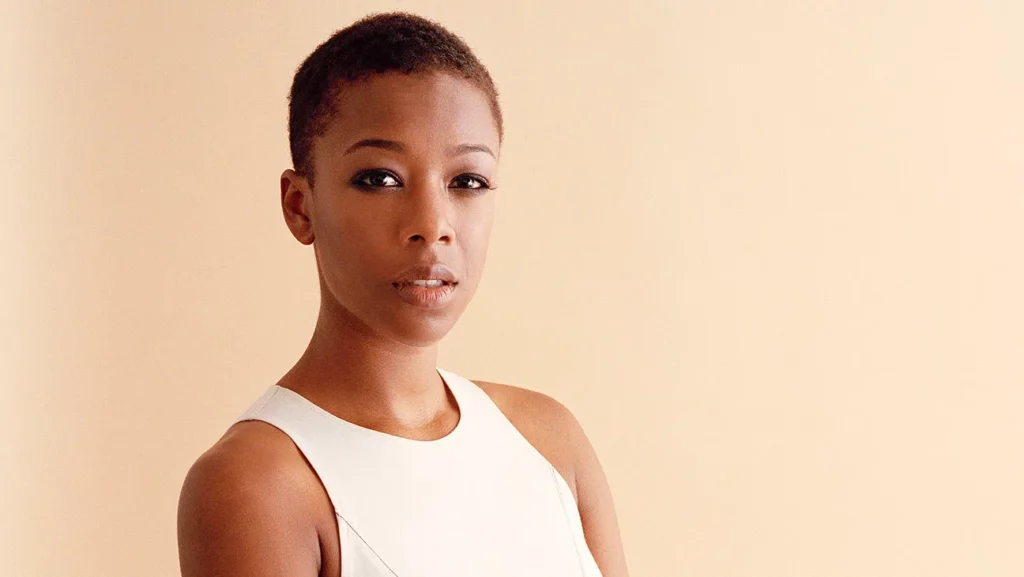
Source: The Hollywood Reporter
I want to make sure that any young person or anyone really who is looking up to me—who sees a glimpse of I am as a person—that they see no shame, that they see pride, and that I’m truly unabashed about the person that I am.
You should be able to come out on your own terms.
Lena Waithe, a talented American actress, producer, and writer, is the mastermind behind Showtime’s drama series “The Chi” and BET’s comedy series “Boomerang” and “Twenties”. She also produced the gripping crime film “Queen & Slim” and serves as the executive producer of the spooky horror anthology series “Them”.
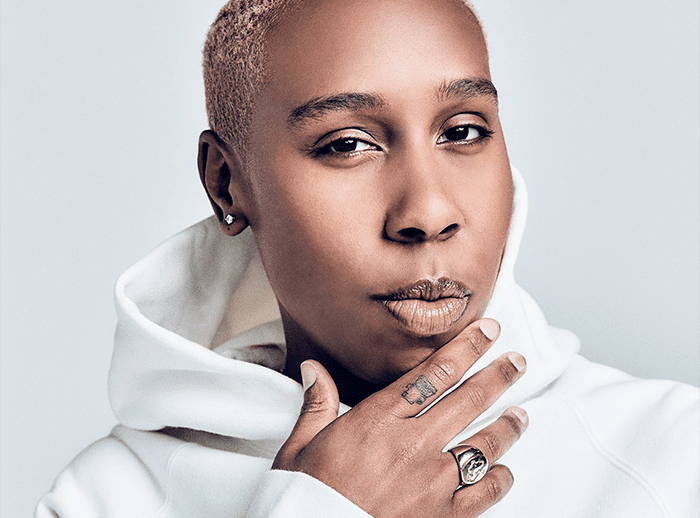
Source: Rising Voices
Being born gay, black and female is not a revolutionary act. Being proud to be a gay, black female is. To be yourself is truly a revolutionary act, and I think more and more people should try it, because it’s gotten me a pretty cool life.
Margaret Moran Cho, the American comic and actress, is celebrated for her stand-up comedy tackling social and political issues, especially around race and sexuality. She openly discusses her experiences with polyamory, earning recognition for her LGBTQ+ activism. Cho is a fierce advocate for marriage equality and amplifies Asian-American representation in entertainment.
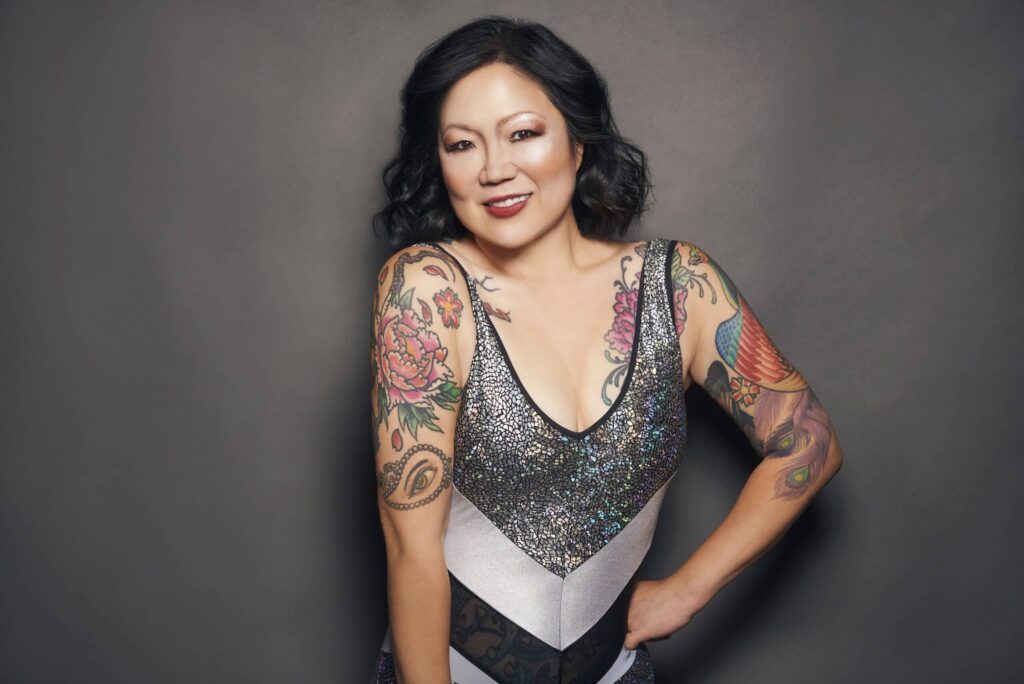
Source: St Pete Catalyst
Sex in general, for me, is a lot of different aspects of humanity, not just my relationships. It’s my relationship to myself and my body.
I was lucky. I always had really great friends in my personal life, people always just knew who I was. It wasn’t until I was in show business where that sort of changed or shifted at first. I have always had a great support network. I have had a lot of really wonderful, close friends.
I voice my opinions on social media and I have people threatening me with violence. It is troubling but I can fight back, which is good.
Kristen Jaymes Stewart, the American actress, has won top honors like the British Academy Film Award and the César Award. She’s also been nominated for an Academy Award and a Golden Globe. Stewart’s openness about being LGBTQ+ is key to breaking down walls and promoting understanding.
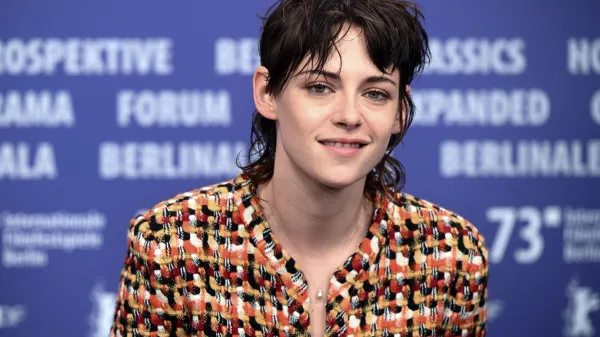
Source: IndieWire
I don’t want to seem presumptuous, because everyone has their own experience. The whole issue of sexuality is so gray. I’m just trying to acknowledge that fluidity, that grayness, which has always existed. But maybe only now are we allowed to start talking about it.
I think in three or four years, there are going to be a whole lot more people who don’t think it’s necessary to figure out if you’re gay or straight. It’s like, just do your thing.
Cara Delevingne, the British model and actress, rose to fame in 2008. She’s walked for top designers and starred in movies like “Paper Towns” and “Suicide Squad.” Off-screen, she’s a social media sensation, advocating for causes like The Prince’s Trust and Women at Risk. Her sister, Poppy, is also a notable figure, and Cara’s been a longtime supporter of National Coming Out Day.
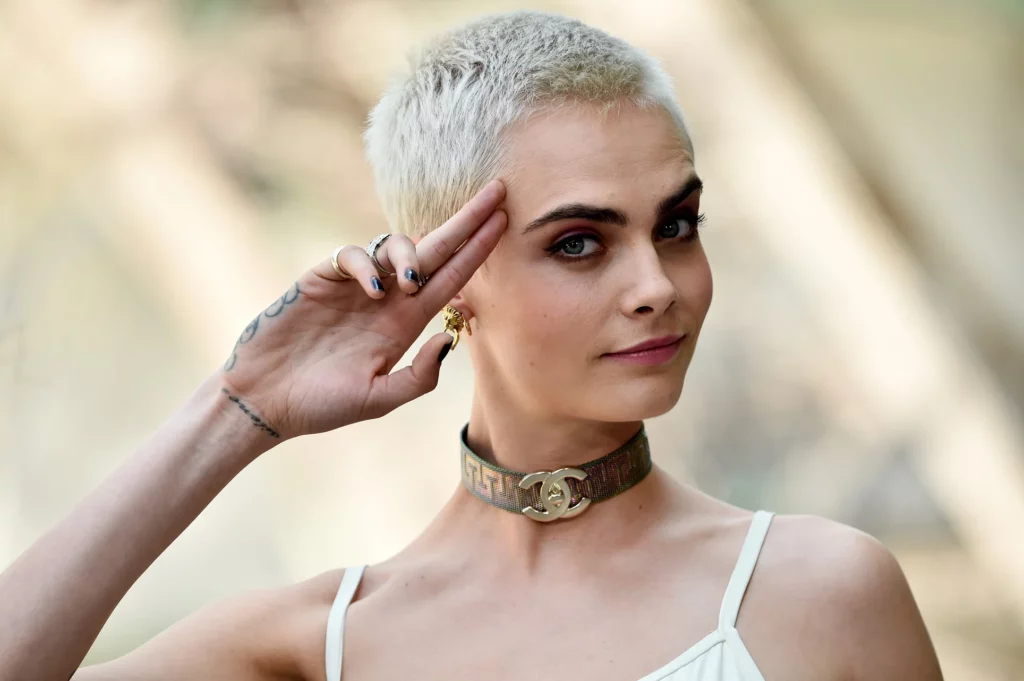
Source: Celebrity Net Worth
I always will remain, I think, pansexual. However one defines themselves, whether it’s ‘they’ or ‘he’ or ‘she,’ I fall in love with the person — and that’s that. I’m attracted to the person.
My sexuality is not a phase. I am who I am.
You have this one life. How do you wanna spend it? Apologizing? Regretting? Questioning? Hating yourself? Dieting? Running after people who don’t see you? Be brave. Believe in yourself. Do what feels good. Take risks. You have this one life. Make yourself proud.
Jóhanna Sigurðardóttir, the ex-Prime Minister of Iceland, stands as the pioneering openly homosexual leader in the nation’s history.
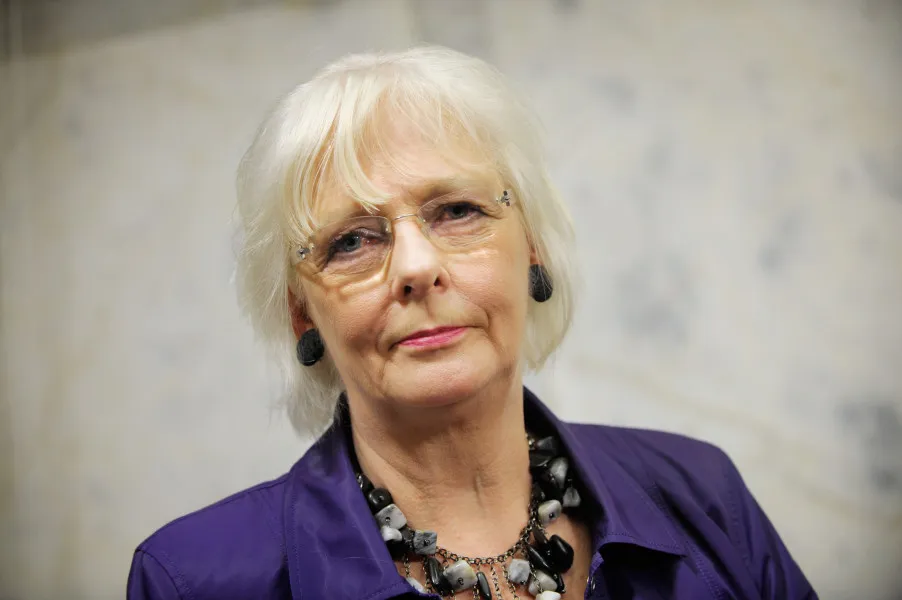
Source: Autostraddle
It is absolutely imperative that every human being’s freedom and human rights are respected, all over the world.
Barbara Gittings, an American advocate, fighting for LGBTQ rights and championing equality and acceptance for the LGBTQ community
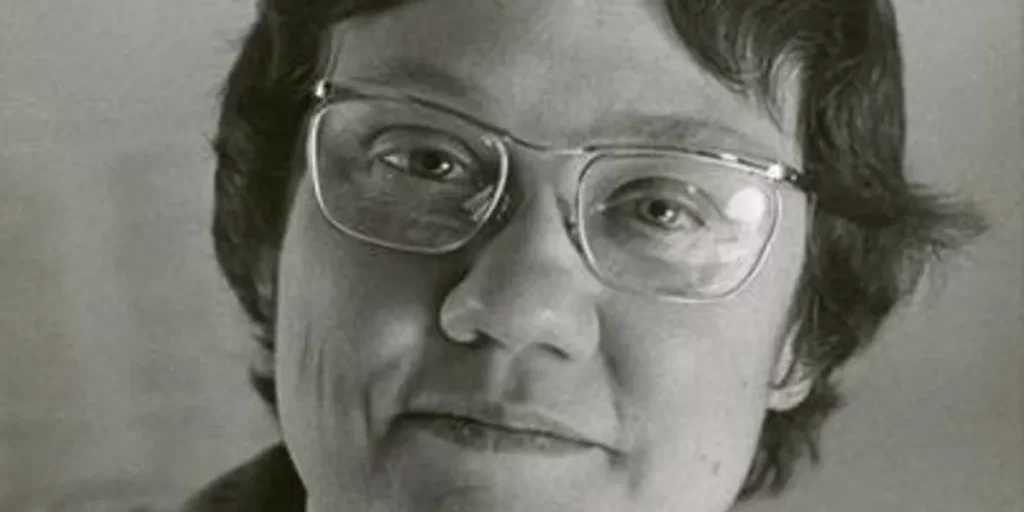
Source: Advocate
Equality means more than passing laws. The struggle is really won in the hearts and minds of the community, where it really counts.
Tammy Baldwin made history as the first openly gay Senator in the United States.
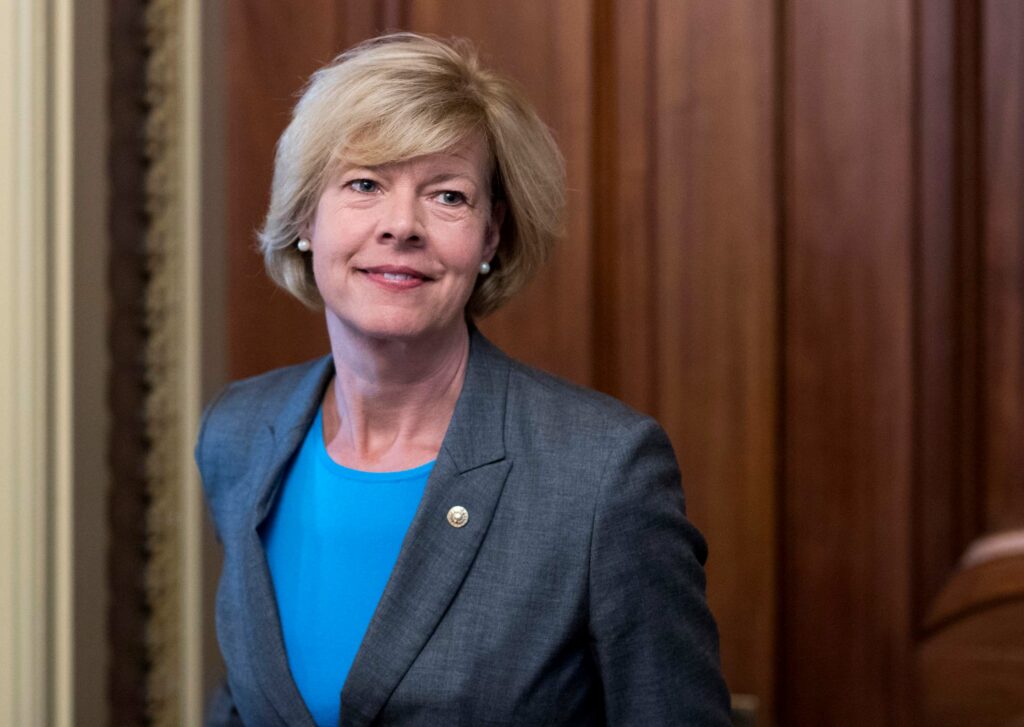
Source: Facts.net
There will not be a magic day when we wake up and it’s now okay to express ourselves publicly. We make that day by doing things publicly until it’s simply the way things are.
Amandla Stenberg, the talented American actress and singer, made it onto Time’s list of Most Influential Teens in 2015 and 2016. She’s scored a Teen Choice Award, an NAACP Image Award, and earned nominations for four Black Reel Awards and a Critics’ Choice Award.
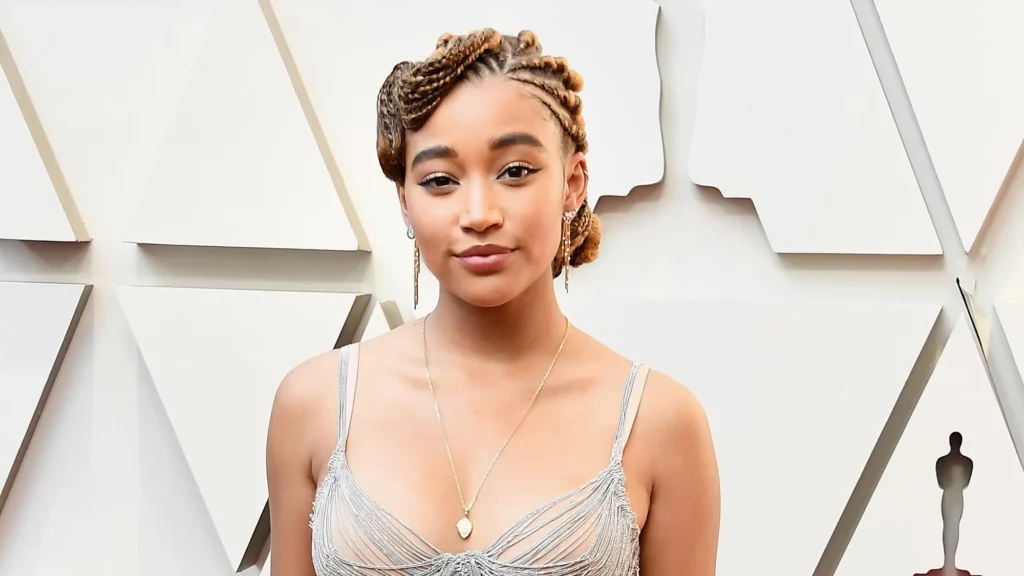
Source: Teen Vogue
It’s a really, really hard thing to be silenced, and it’s deeply bruising to fight against your identity and to mold yourself into shapes you shouldn’t. As someone who identifies as a black bisexual woman, I’ve been through it and it hurts and it’s awkward and it’s uncomfortable…We cannot be suppressed. We are meant to express our joy and our love and our tears and be big and bold and definitely not easy to swallow.
Yep, I’m gay
Melissa Lou Etheridge, an American singer, songwriter, and guitarist, burst onto the scene with her self-titled album in 1988, gaining a strong underground following. 26 years ago, she came out as a lesbian and has since been an advocate against discrimination and intolerance towards the LGBTQ community, using her music and activism to drive change.
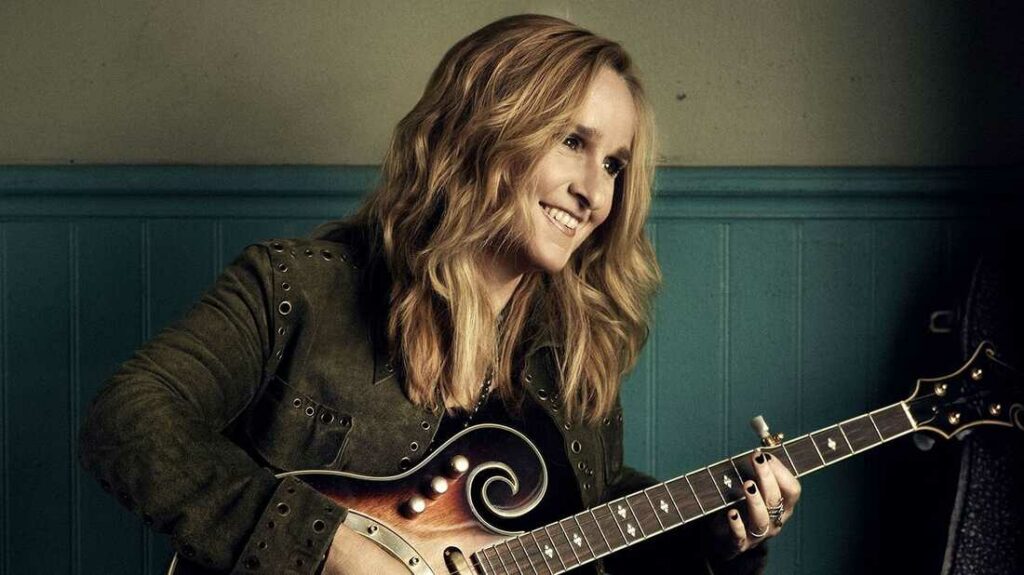
Source: npr
What’s gonna all bring us together is when we recognize that diversity in each other and not be afraid of it.
Love is never wrong.
Edith Windsor, an advocate for LGBTQ+ rights and a technology manager at IBM.
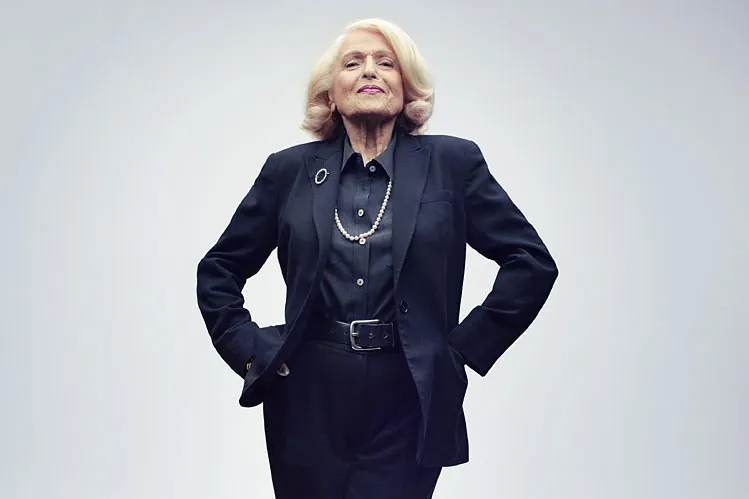
Source: Time
Married is a magic word. And it is magic throughout the world. It has to do with our dignity as human beings, to be who we are openly.
Wednesday Holmes is an illustrator, designer, and author whose art centers around mental well-being and LGBTQ+ themes.
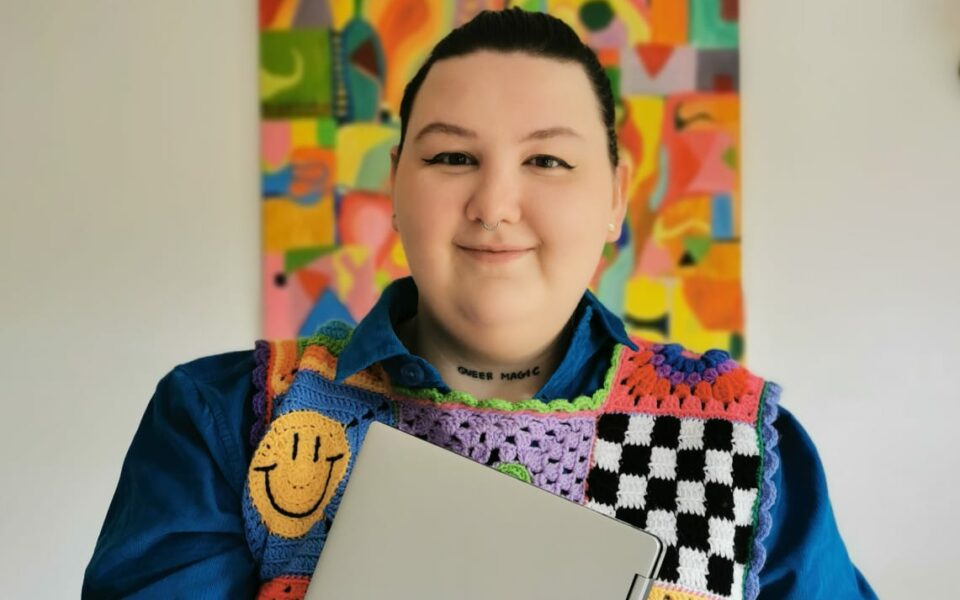
Source: THE FIFTH
Being sapphic has brought so much magic into my life. Over the years I have grown to love who I am so much. I’m proud. Through connecting with community, I’ve learned that I’m not alone. That’s been an important reflection for me. As a non binary lesbian, it’s been quite life saving. Love in all its forms , to me, is why life is worth living. It’s why I make art, it’s why I write. It’s an infinite source of inspiration.
Angela Davis, a Marxist, feminist, philosopher, academic, and writer, gained fame for her support of LGBTQ rights, publicly embraced her lesbian identity in the late 1990s. Currently, she’s a respected Emeritus Professor of the History of Consciousness at the University of California, Santa Cruz, and remains a vocal advocate for equality, earning her status as a leading voice for all Americans.
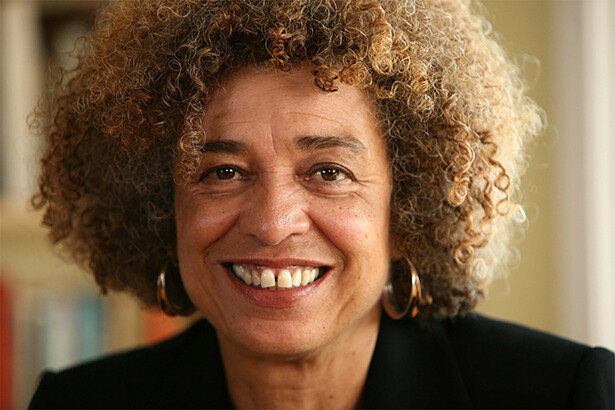
Source: e-flux
I am no longer accepting the things I cannot change. I am changing the things I cannot accept.
Lady Phyll, a leading voice in LGBTQ+ rights activism and the co-founder as well as being one of the creative minds behind the inception of UK Black Pride
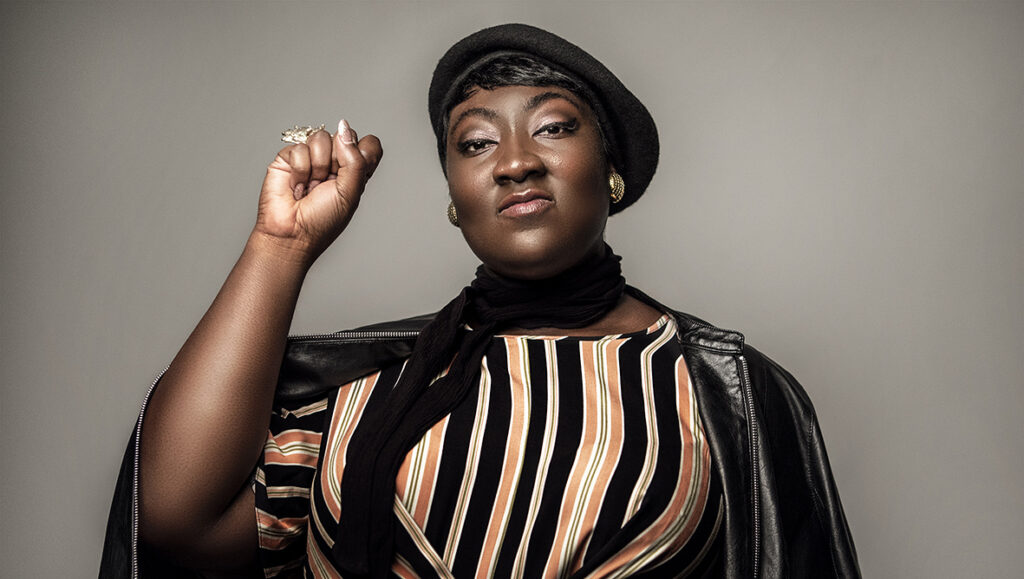
Source: Hub Cymru Africa
We struggle and fight for our joy — an unreserved and unapologetic joy that springs from our ability to live as we are. It’s a joy worth fighting for and it’s this joy that links all of our struggles together.
Rachel Maddow, the host of the popular Rachel Maddow Show and a bestselling author of books like “Drift” and “Blowout,” is celebrated in Firsts, a multimedia project. She’s known as the first openly gay anchor to lead a primetime news show.
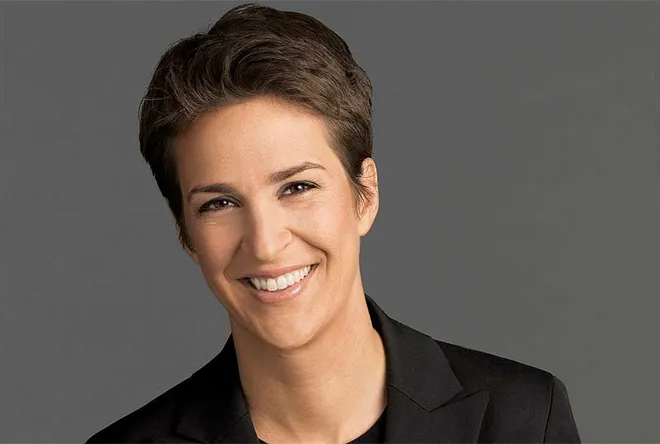
Source: Dispatch
The single best thing about coming out of the closet is that nobody can insult you by telling you what you’ve just told them.
Audre Lorde, a black, lesbian, feminist, socialist, mother, warrior, and poet, dedicated her life to championing civil rights and LGBTQ+ equality.
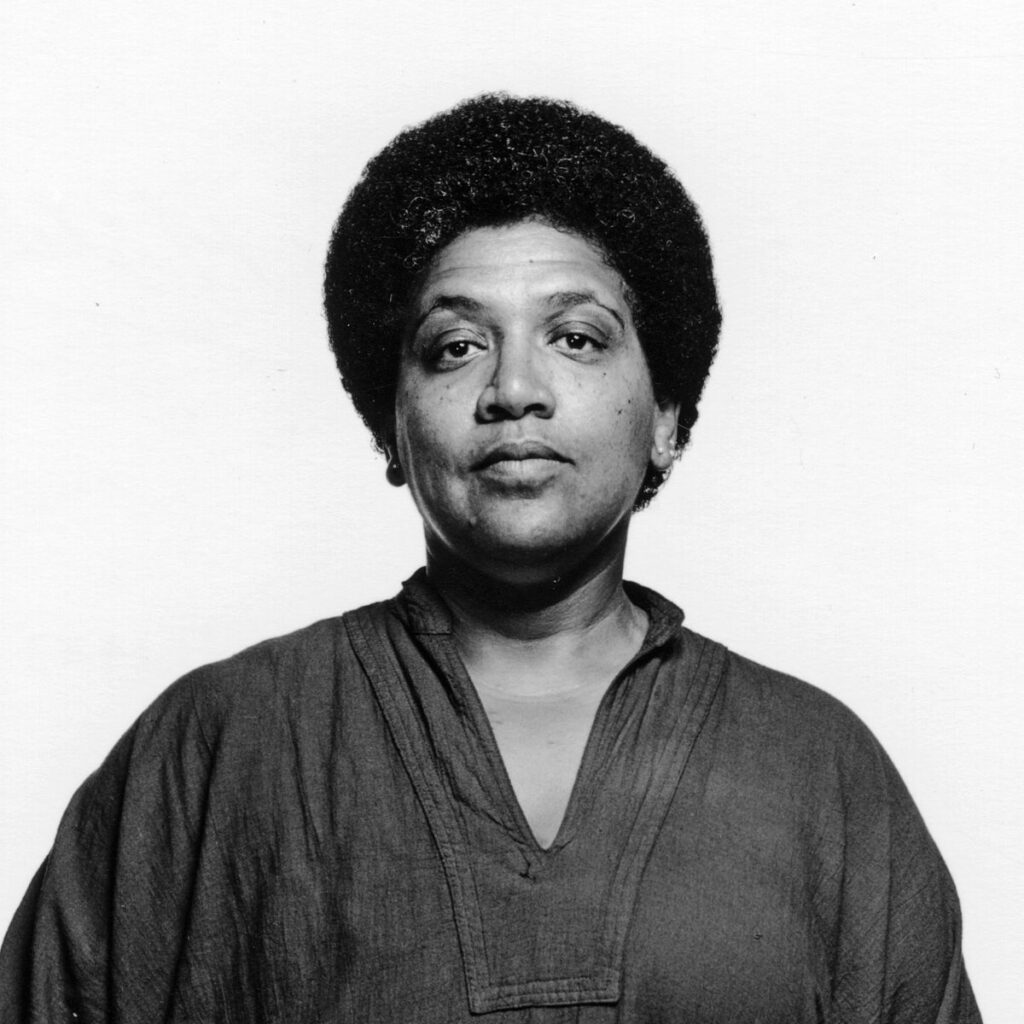
Source: Biography
We are powerful because we have survived.
Zanele Muholi, a South African visual activist, whose work portrays the experiences of Black LGBTQIA+ individuals in South Africa and beyond.
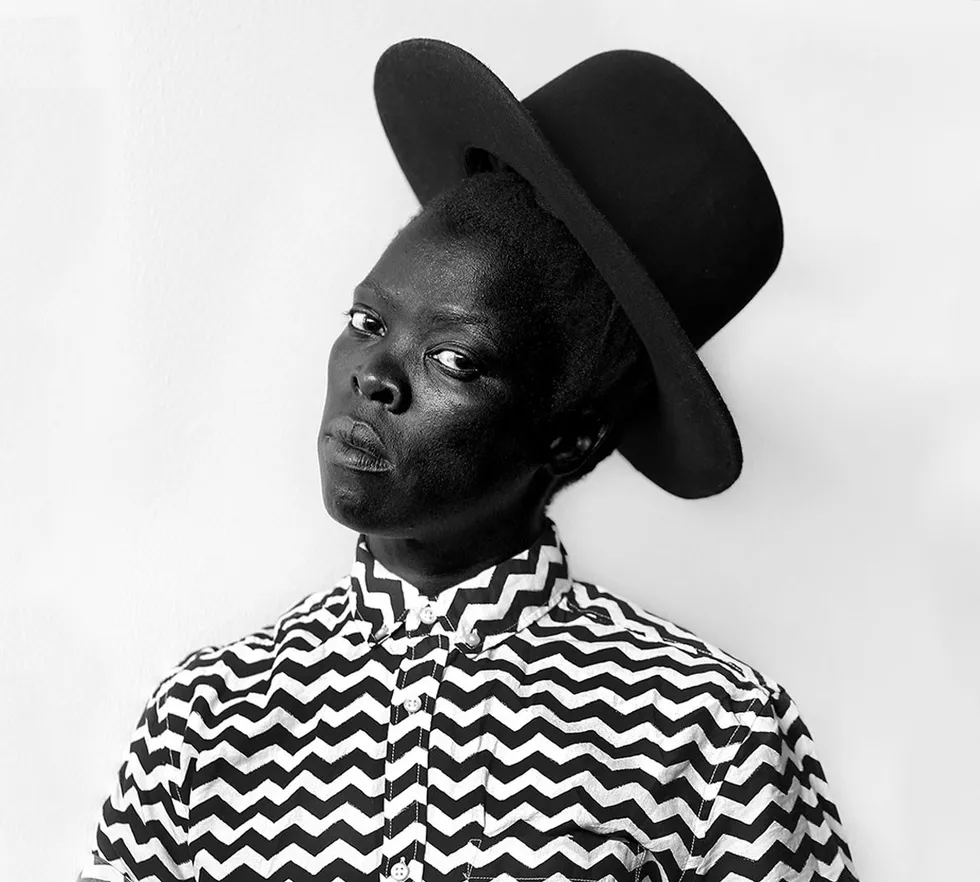
Source: OkayAfrica
If I wait for someone else to validate my existence, it will mean that I’m shortchanging myself.
Megan Rapinoe, an American former soccer player, is a vocal supporter of LGBTQ rights. She aligned herself with the racial justice movement by kneeling during the national anthem at games and played a key role in her team’s gender discrimination lawsuit against the U.S. Soccer Federation.
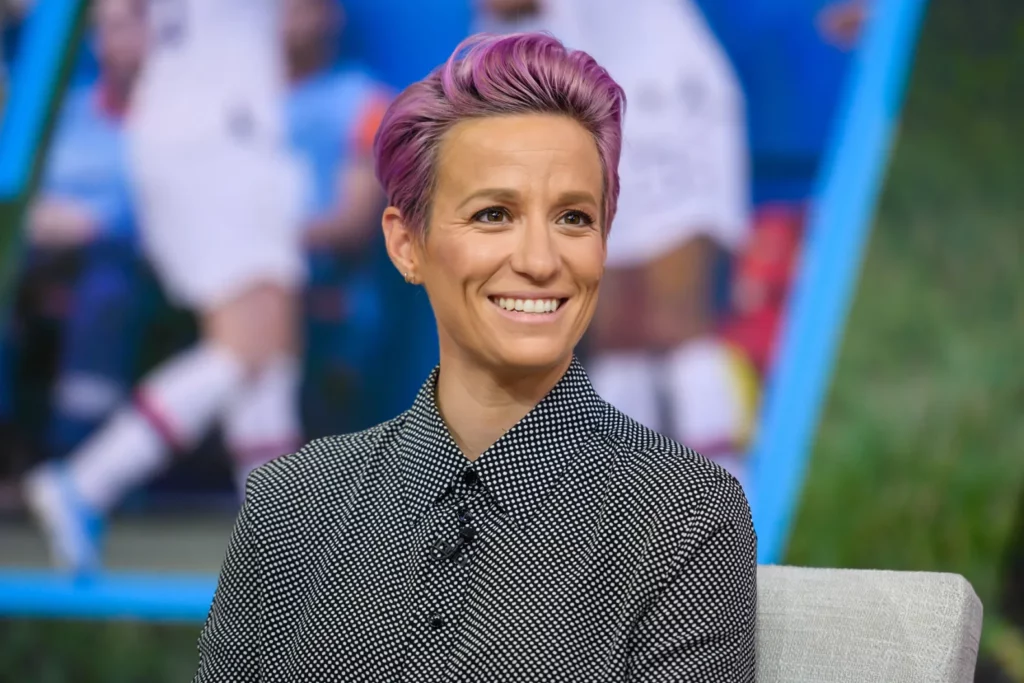
Source: Rolling Stone
The more I’ve been able to learn about gay rights and equal pay and gender equity and racial inequality, the more that it all intersects. You can’t really pick it apart. It’s all intertwined.
Towa Bird is a singer-songwriter with a dream to become “the lesbian Paul McCartney.” Their debut album explores their identity, journeys through unfamiliar cities, and a blossoming romance.
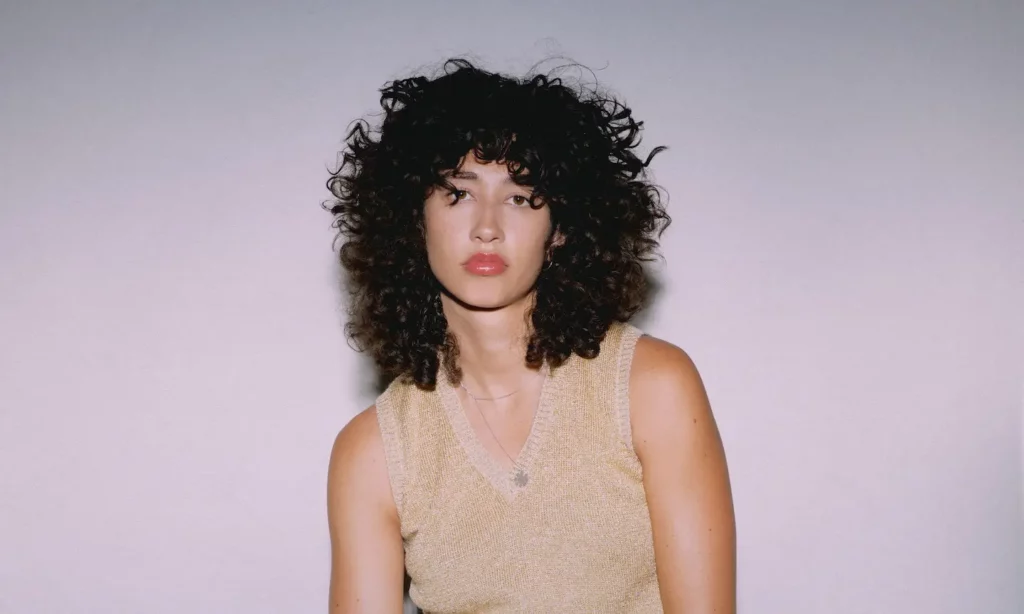
Source: uDiscover Music
I finally realized that I can dress like a boy and that was okay. I just ran with that, really—combining my dad’s and my sister’s styles, being this weird androgynous teenager. I was finding my androgyny and discovering my sexuality, expressing gender through my clothes.
There’s a massive under-representation of women, full stop. Let alone, you know, women of color, Black women, queer women. I think it means having to really understand your worth—or, at least, pretending like you understand your worth—before you do anything.
Dylan Mulvaney is a transgender activist and social media figure who documents their gender transition through daily video updates.
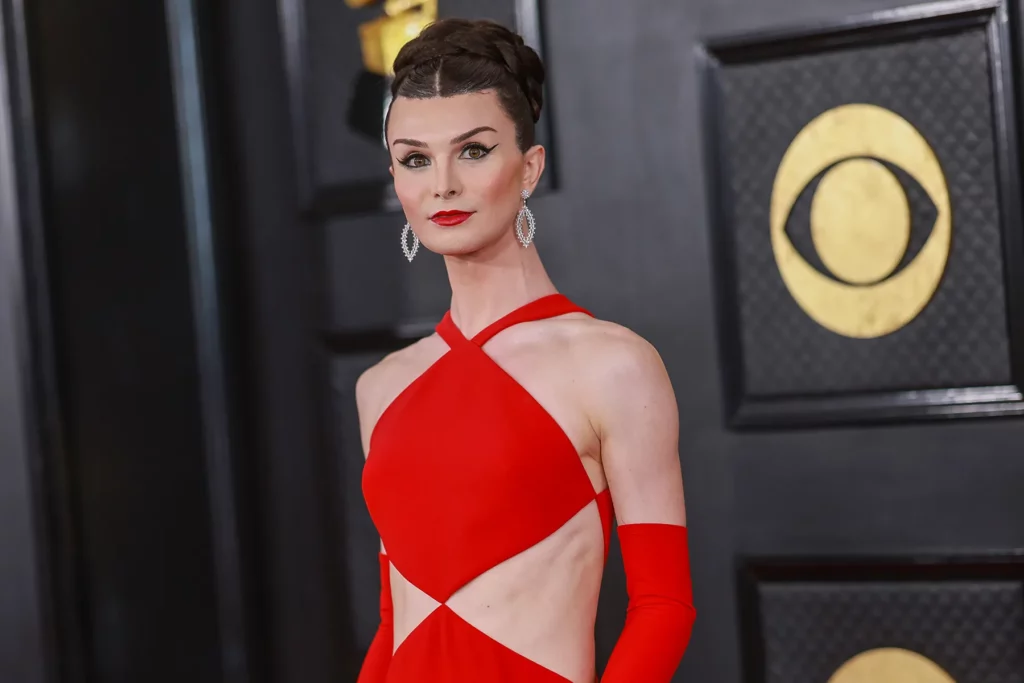
Source: Rolling Stone
We’re working towards that. I can’t wait for the day [when] I get to show people that a trans person can be in a healthy, happy relationship.
I never expected to be a woman who could help other people access their femininity or their confidence. Trans women reach out and support me, which is the best feeling in the world. It’s about being relatable to cis women too who have gone through the same things and haven’t had to think about them. I’ve gotten a lot of messages from trans men, or like masculine, nonbinary folks who really appreciate the confidence that I have in my transness. I think they feel that because I value my femininity and girlhood in a way that they couldn’t. I think that has probably been one of the coolest things.
Karine Jean-Pierre is an American political advisor. Since May 13, 2022, she has been the White House press secretary, making her the inaugural Black and openly LGBTQ+ individual in this role.
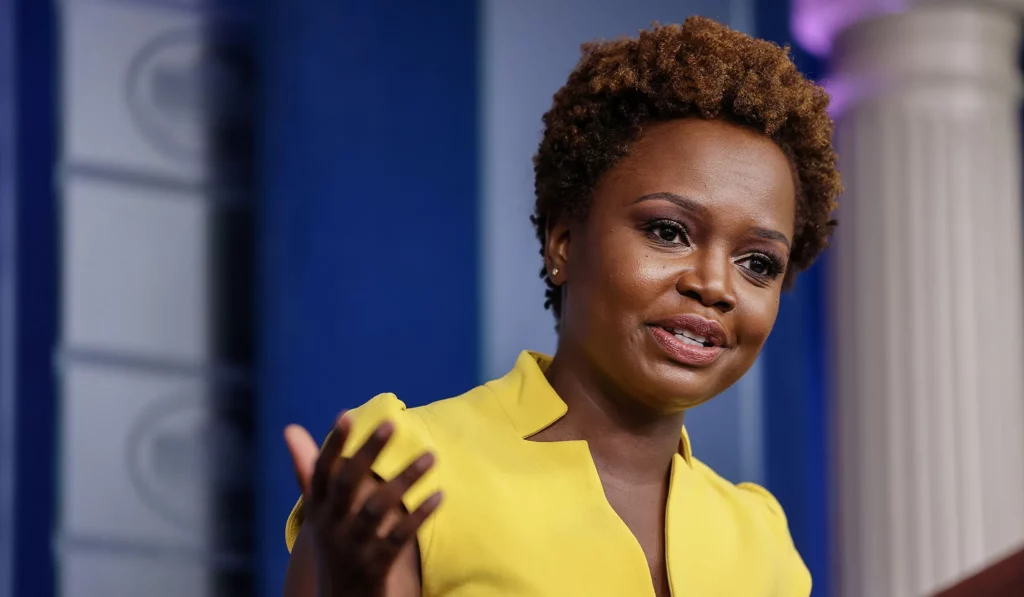
Source: National Review
My family – like many, many other families – grew to accept who I was. They saw that who I loved didn’t change who I was as a person, it didn’t change the things I like to do, and it didn’t change the goals I had for my life. The beauty of America is its freedoms and the promise that you can achieve your dreams no matter your race, sex, country of origin, sexual orientation, or gender identity.This is something we continue to strive toward and fight for, particularly as we continue to see a wave of anti-LGBTQ legislation across the country.
Shannon Beveridge is an American YouTuber, actress, photographer, director, creative director, and advocate for the LGBT community. She received the 2017 LGBT Brit Award for Emerging LGBT+ Celebrity.
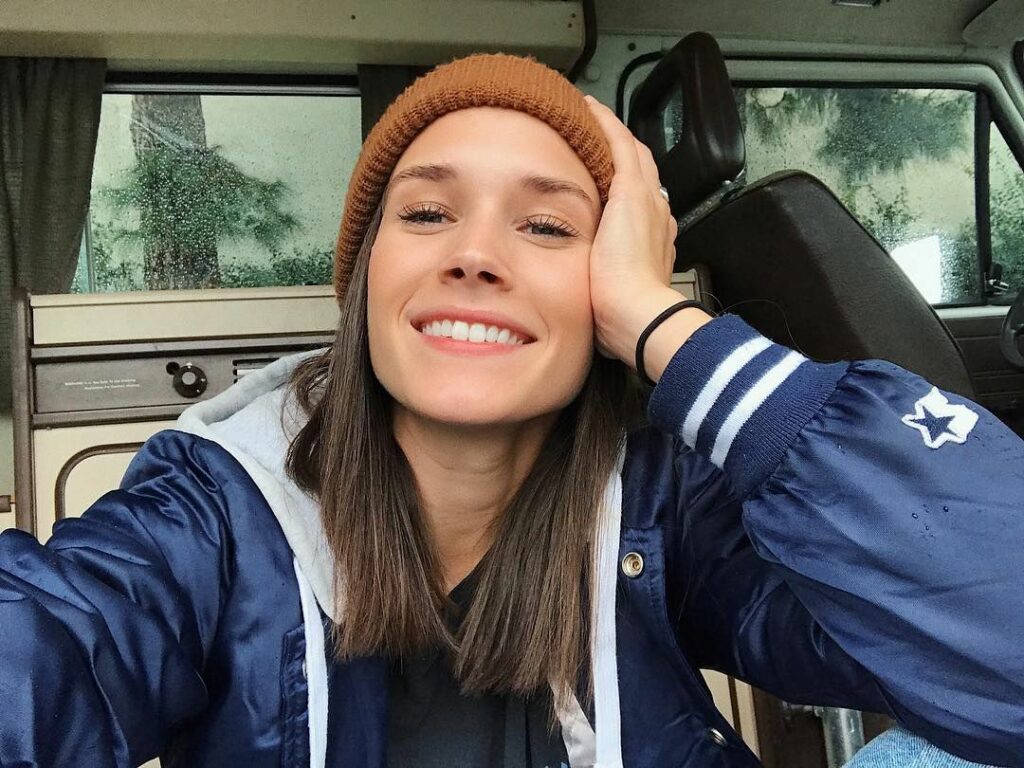
Source: OtakuKart
I am very blessed to have an amazing family and also great friends who love me for all that I am, including gay. Be patient with yourself. You don’t have to have it all figured out overnight. Be kind to yourself. There is nothing wrong with you. Be proud of yourself. You are so brave for being honest with yourself and trying to figure yourself out, it can be so hard.
Hayley Kiyoko, an American singer-songwriter, actress, and author known for “Girls Like Girls,” advocates strongly for LGBTQ+ rights. Widely influential in the community, she’s hailed as a gay icon by her fans.
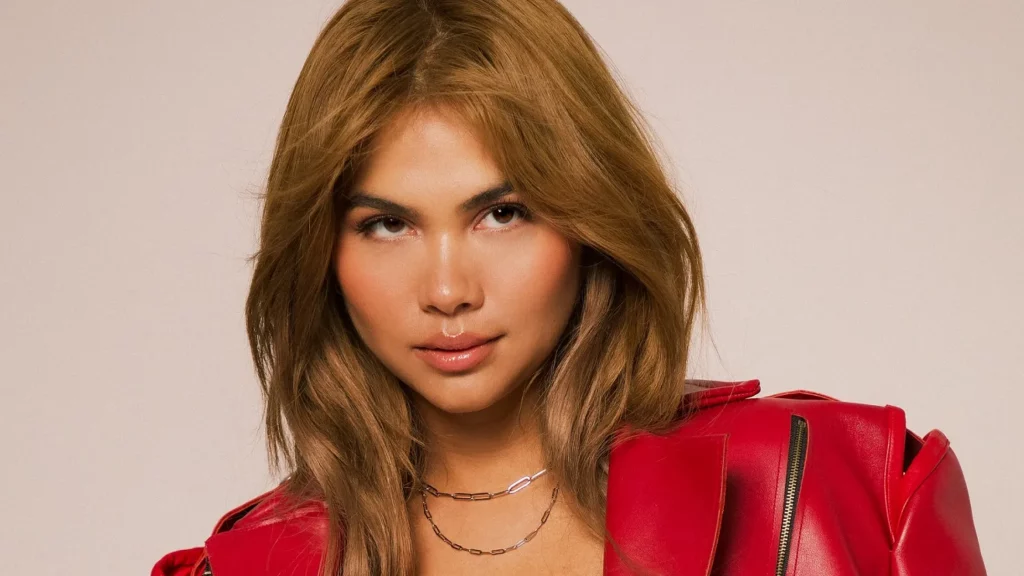
Source: Teen Vogue
I didn’t want a label at all, but once I released my music, there was this outpour of support for the fact that I did like girls. I learned that by embracing my label as a lesbian, I was helping normalise that for so many other people.
Mikaela Straus “King Princess”, an American vocalist, composer, instrumentalist, and producer, garnered a nomination for a 2020 GLAAD Media Award for Excellence in Music. Much like numerous LGBTQ+ youths, Straus cultivated her identity through immersion in queer artistic expression.
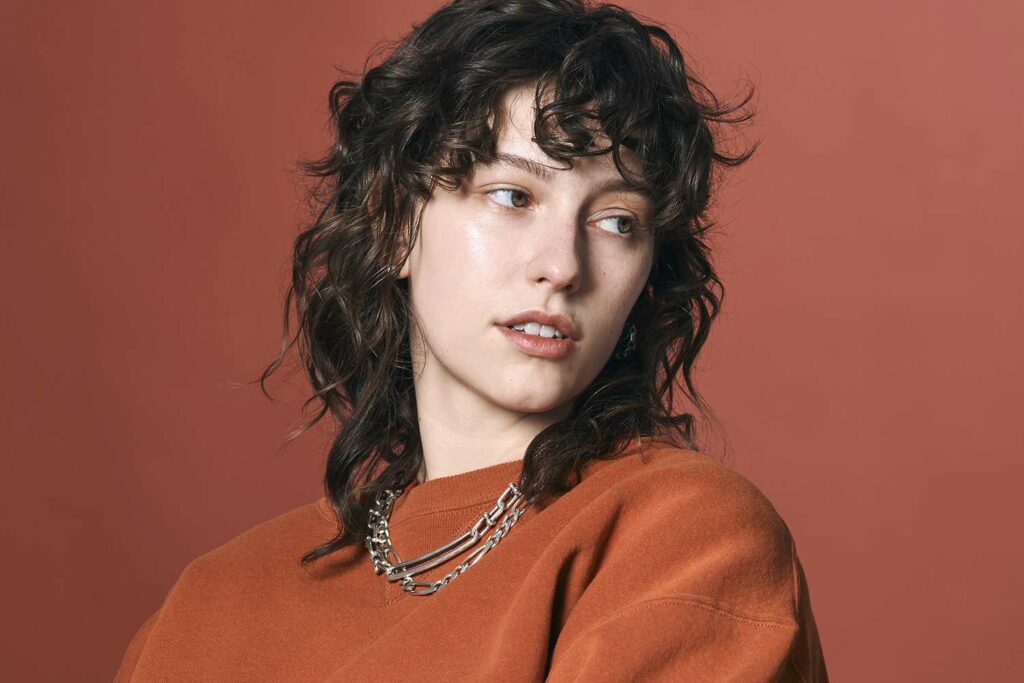
Source: Entertainment Weekly
What I love about the time we are living in now is that you can express gender queerness, that you’re gay, that you’re a lesbian, a girl dating girls. Because I am a girl who dates girls and I have been for a long time. So I am a lesbian. But sometimes I feel like a gay man, you know? Just in my spirit. I’m learning how to be comfortable in between.
Holland Virginia Taylor, born January 14, 1943, is a multifaceted American actress, celebrated for her contributions to film, stage, and television, as well as her prowess as a playwright. Notable accolades include her 1999 Primetime Emmy win for Outstanding Supporting Actress in a Drama Series for portraying Judge Roberta Kittleson in the ABC drama “The Practice” (1998–2003). Additionally, she garnered recognition for her portrayal of Evelyn Harper in the CBS sitcom “Two and a Half Men” (2003–2015).
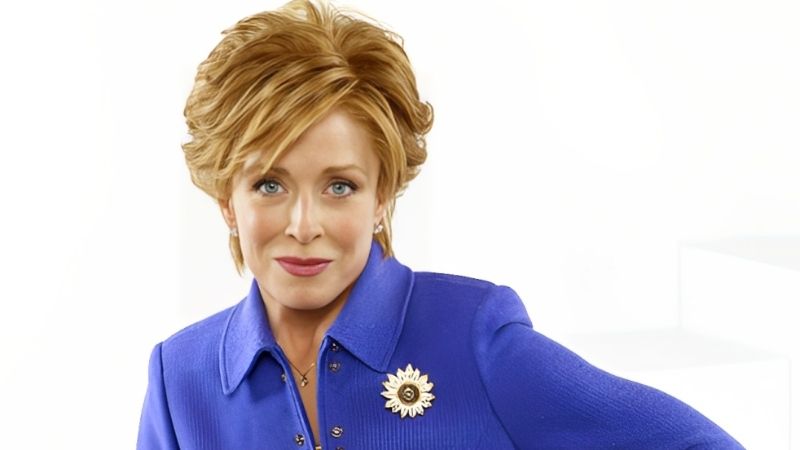
Source: Fashion Republic Magazine
I have never concealed who I am. I’m not one to broadcast my private life anyway, but as far as simply being with whoever I’m partners with, of course I’m not going to be hiding in my house. Although in fact, right now we are hiding in our houses, all of us, from the silent enemy that’s all over the globe. But the idea that one would hide in that way still, in some societies, is extremely sad.
Sarah Paulson, renowned for her roles in American Horror Story, Carol, Bird Box, and more, is an Emmy Award winner and LGBTQ+ advocate. Paulson’s Twitter interaction has made her a lightning rod for transgender fans.
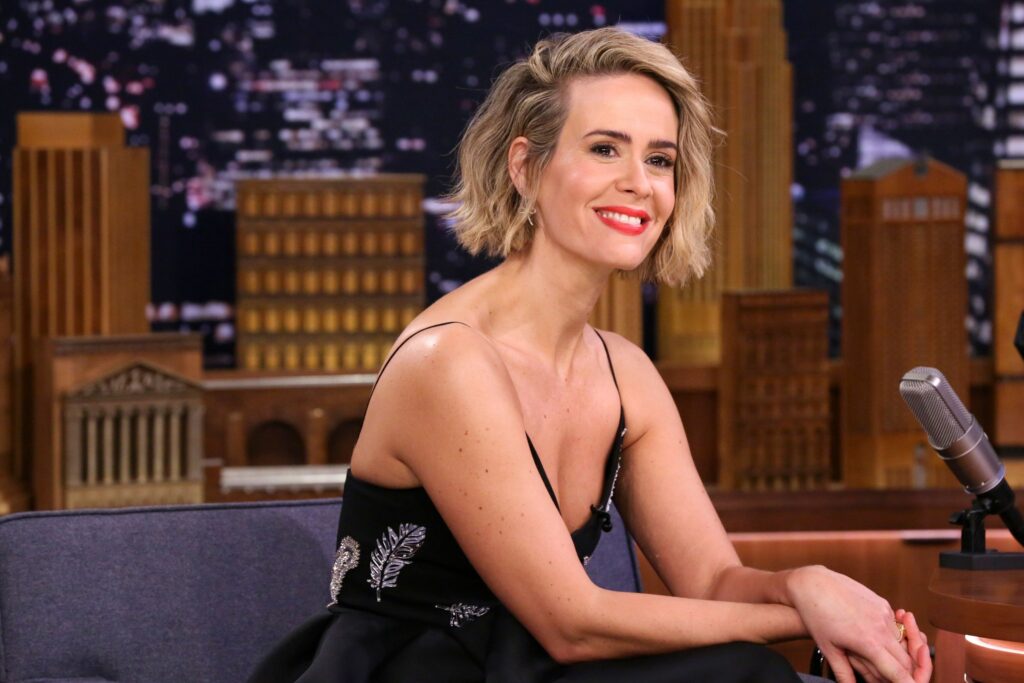
Source: Harper’s Bazaar UK
If my life choices had to be predicated based on what was expected of me from a community on either side, that’s going to make me feel really straitjacketed, and I don’t want to feel that. What I can say absolutely is that I am in love, and that person happens to be Holland Taylor.
Kate Moennig, a queer actress, has portrayed a minimum of five queer characters across television, web series, and TV movies. Katherine Sian Moennig, an American performer, gained prominence through the portrayal of Shane McCutcheon in “The L Word” and Jake Pratt in “Young Americans.”
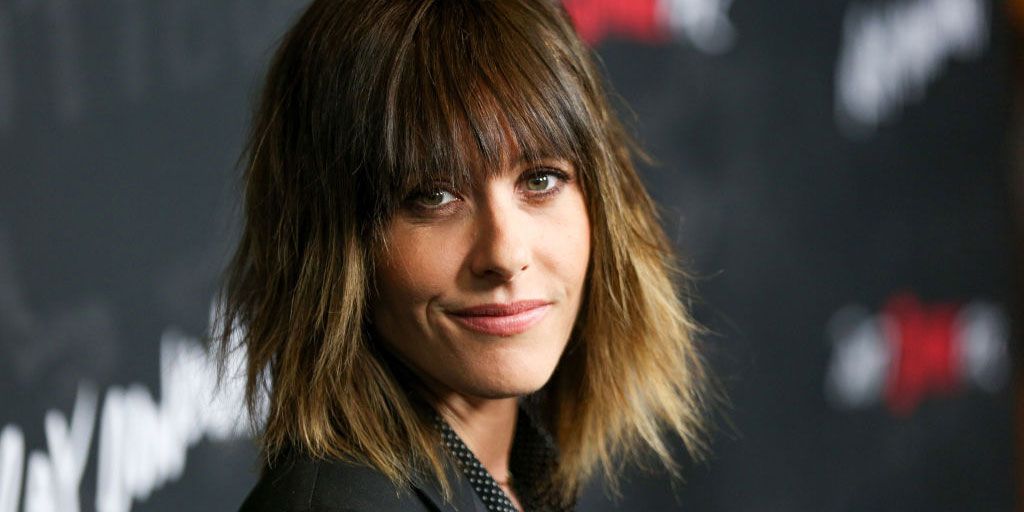
Source: Cosmopolitan UK
What I find very attractive, what I find sexual, are people who are unapologetic for who they are and comfortable with themselves. And I think with those two things sexual energy does come out because you’re not hovering or censoring yourself, you’re just being who you are. And being who you are is a very attractive quality in a person.If you’re androgynous, that’s what you look like.
Georgia Claire Flipo, recognized by their stage name G Flip, is an Australian vocalist, lyricist, multi-instrumentalist, and producer. The musician openly discusses the ongoing necessities for enhancing representation and inclusivity within the LGBTQIA+ community.
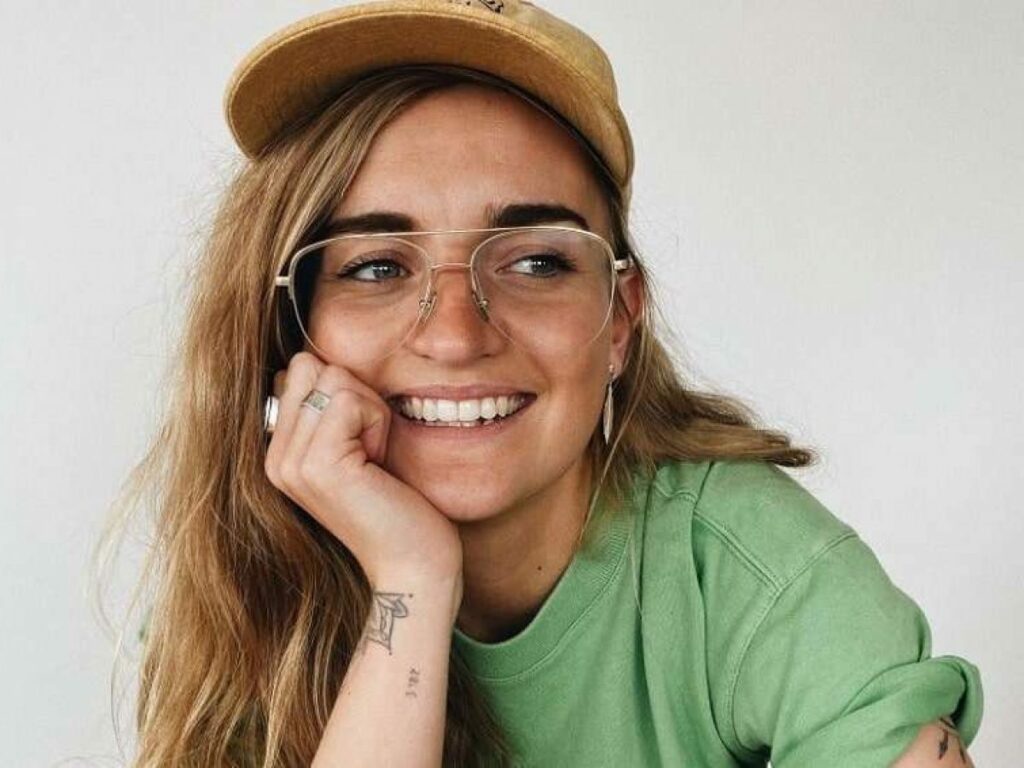
Source: QNews
I want to be that person that I never had as a kid, because I know how it feels. I know that if I can make one kid feel less like I did, then my job is done.
Learn more with HER
HER is the queer dating & community app for connecting with LGBTQ+ women, nonbinary, and trans folks in your area. Unlike most dating apps, HER is for making authentic, lasting connections with others.
Download HER today to connect with fellow women-loving-women near you and find your community (or even your special someone!).
Robyn is the CEO & Founder of HER. Find her on Twitter.